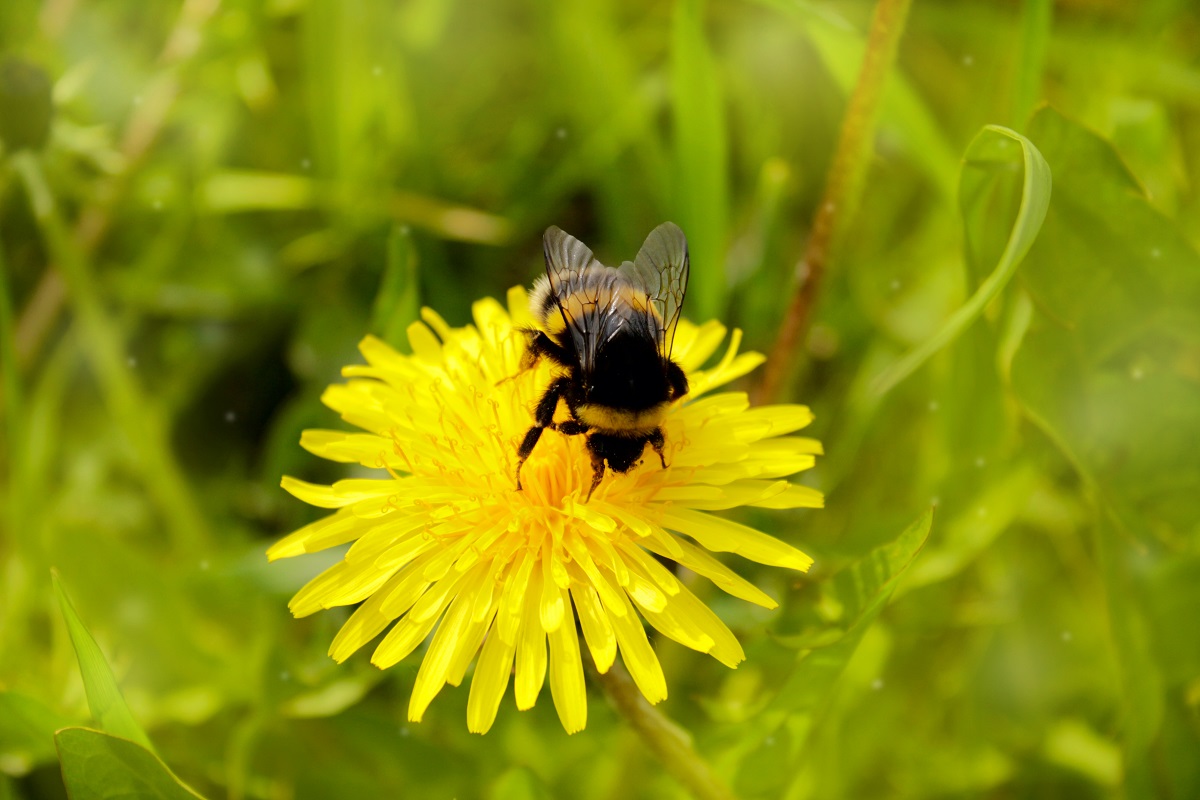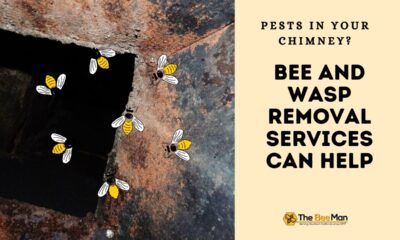Home Improvement
How To Identify Various Kinds Of Spring Bees
Buff-tailed or white-tailed? Today, we will walk you through a short guide which will help you recognized twelve bee species, with most of them common in our gardens. Bee removal professionals guide Orange County residents to remove the spring bees safely.
Never rely on cuckoos, chiffchaffs, and swallows as signs of the spring. Without leaving the local park or garden, you can spot dozens of early-emerging bees. You can spot these hairy-footed bees during the early days of spring, so check out the following guide.
During the first days of spring, insects become very active. These bees also include Andrena bicolor and the tawny mining bees.
Most of the solitary bees are short-lived, and they are gone before the spring ends, just after they have mated and laid their eggs. However, bumblebees exist for a pretty long period. Today’s queens will produce broods of workers, male bees, and the next year’s queens. You will see almost all species of the bumblebees during the spring.
White-tailed bumblebee – the queen
White-tailed bumblebee is often confused with the buff-tailed bee and is one of the most active bumblebees. The white-tailed bumblebee and the buff-tailed bumblebee workers are identical. The medium-sized queen has a white tail and yellow bands on the abdomen and thorax.
White-tailed bumblebee is active from March to October. Not all species but only some social classes are present every time. Interestingly, the white-tailed bumblebees stay the longest. During April, the workers appear for the first time. Their nests are often built underground in a discarded mammal burrow.
White-tailed bumblebees love knapweeds, thistles, sallows, umbellifers, and thorns.
Buff-tailed bumblebee
These buff-tailed creatures are large in size and dark in color. Buff-tailed bumblebees have a single yellow band on abdomen and thorax. Only the professional bee removal professionals in Orange County can identify it from the white-tailed bumblebees. They usually exist from February to October throughout two generations, and several times, you will even find the third generation. Buff-tailed bumblebees are very active over the winter, and they can thrive.
Buff-tailed bumblebees love shrubs and trees, and they make their hive underground in old mouse nests or the grass. Residential areas are the favorite places of buff-tailed bumblebees.
Tree bumblebee (queen) Bombus hypnorum
These bees appear in the garden in March, and they exist until September. Tree bumblebees have white tails with black bodies and medium-sized ginger thoraxes.
Tree bumblebees do not like the bare ground, and they prefer lad with the foliage. Also, they are fond of foraging on rhododendrons, shrub, and swallows. The nesting of the Tree bumblebees in old bird boxes, colonies, or in roves can help them grow up to 150 individuals.
Early bumblebee (queen) Bombus pratorum
These bees are too small to have the same physical appearance as an adult bumblebee. They come with a single band on the abdomen and the thorax. Sometimes the band on the abdomen disappears and tapers to orange tail.
The two generations of the Early bumblebee (queen) Bombus pratorum exist from March to the end of October. They rely on dead nettles, rhododendrons, and fruit trees. They are happy to nest underground or up high, and they utilize vacated tree trunks or rodent dwellings.
Red-tailed bumblebee (queen) Bombus lapidaries
These fiery orange tailed bees are active from March to August. They are dark and large. The red-tailed bumblebee often enjoys habitat in the fields of plants, and they are attracted to white clover. They usually live in the countryside and in developed areas.
Tawny mining bee Andrena fulva
The tawny bees enjoy various spring shrubs, including fruit trees, Hawthrone, dandelions, and willow. They nest near people and places like gardens, parks, and footpaths and they are often seen excavating nest cambers there. They also nest underground.
Early mining bee Andrena praecox
Early mining bee Andrena praecox relies heavily on pussy-willow, and it is one of the most important plants for the sustainable growth of this brownish solitary bees. Like most of the other bees, they live close to brown file sites, habitats, and quarries, and they always prefer soil rich in clay. They also like willow catkins and live around goat willow trees and grey willows.
Yellow-legged mining bee Andrena flavipes
Yellow-legged mining bee Andrena flavipes exist in two-generation from March to September. This medium-sized solitary bee has yellow hair on pollen sacs and white bands on the abdomen. They thrive on the coast and inland, in house gardens and at home in soft rock cliffs. Crucifers and umbellifers are their favorites.
Red-tailed mason bee Osmia bicolor
The female red-tailed mason bee Osmia bicolor emerges later than the males, and they exist from March and April. The male red-tailed mason bee is protective of empty snail shells, and they will defend the prize within their foraging grounds. It is because the bee-nesting takes place in shells and you will find several nests inside a single shell.
In case you want to remove the bees, contact the bee removal services Orange County.











